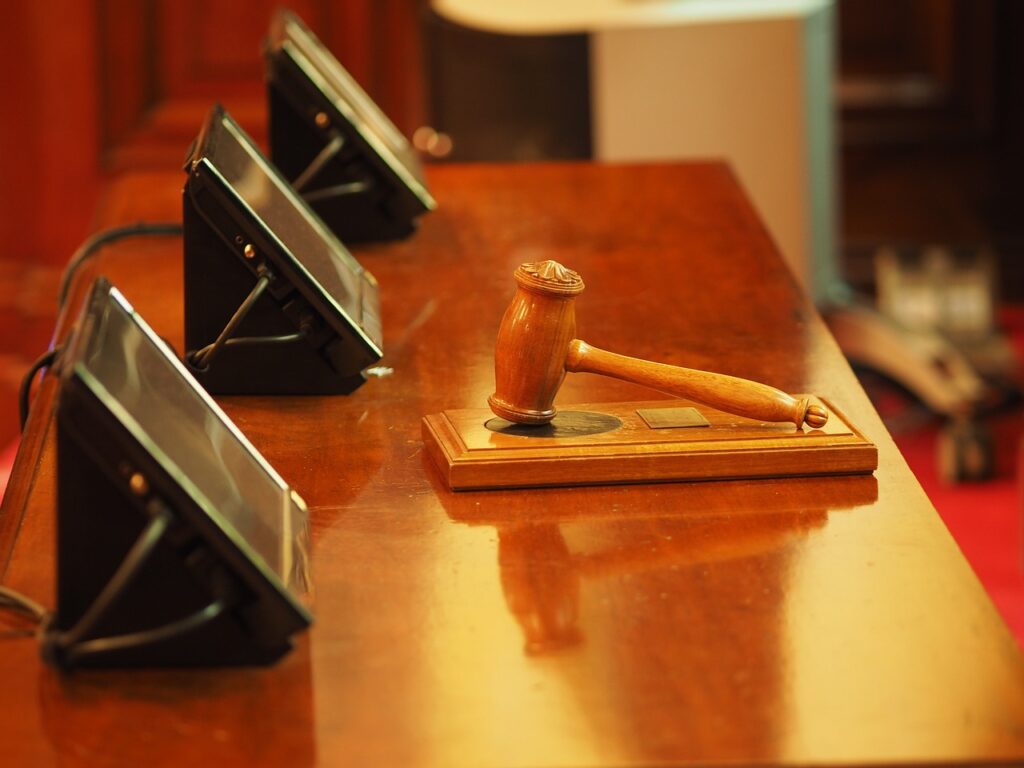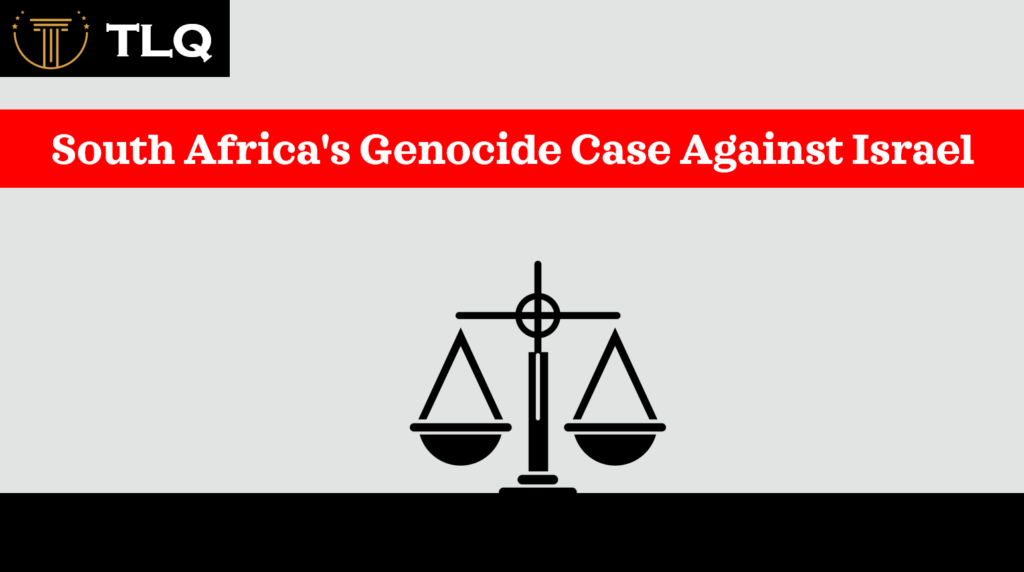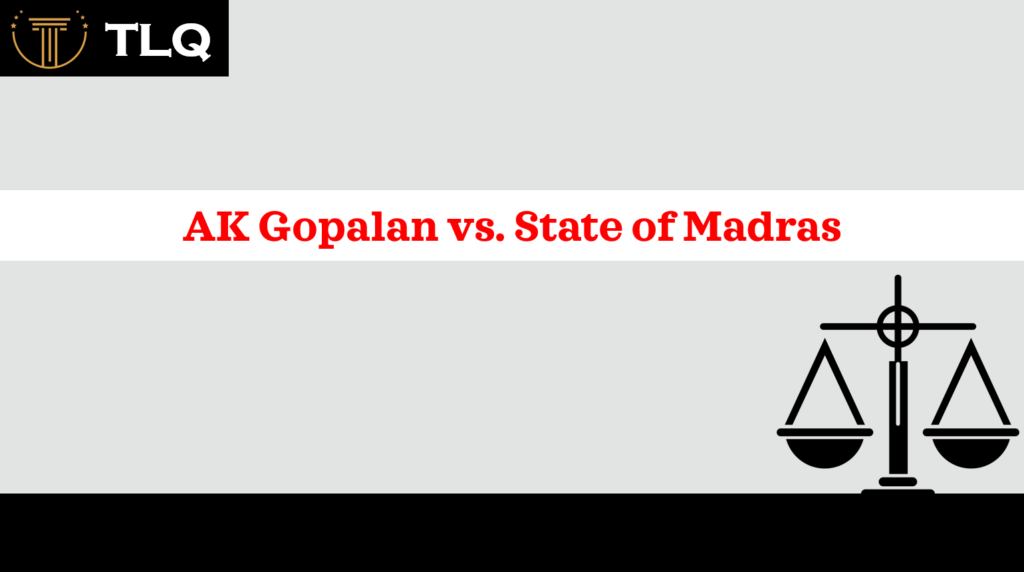Published On: 28th January, 2024
INTRODUCTION
Human rights inherent to every individual and enshrined in the constitutions of nations worldwide constitute the fundamental entitlements of every human being. They are the bedrock of fairness and equality, transcending distinctions of caste, gender, religion, and more. Despite their noble intent to ensure universal welfare, socio-economic, political, and cultural variations within the nations often obstruct their full realization for certain segments of society.
A prevalent challenge in developing nations is the substantial portion of the population living below the poverty line, lacking access to basic necessities like healthcare, education, housing, and employment. This deprivation extends to issues of justice, equity, and sustainable livelihoods, hindering the inclusion and participation of vulnerable groups in social and political spheres.
India’s Constitution guarantees civil, political, economic, social, and cultural rights to all its citizens without discrimination. Yet, persistent poverty and entrenched cultural norms limit opportunities for various groups, depriving them of equal treatment. Disadvantaged groups- women, children, Schedule Castes, Schedule Tribes, linguistic and religious minorities, and sexual minorities- benefit from protective measures outlined in the Constitution, aimed at shielding them from exploitation.
Equal access to state-provided services and opportunities for upward mobility should be available to all strata. Governments must actively prevent discrimination against any societal section. In countries like India, historically marginalized groups- such as SCs, STs, OBCs, and Minorities- have suffered injustices, necessitating constitutional provisions like Article 341, Article 342, Article 340, and Article 30 to facilitate their empowerment. However, the growth of these groups hinges on improving their environment, including access to essentials like clean water, sanitation, and education.
UNDERSTANDING MARGINALIZATION
The definitions of marginalization used across the period under study reflect three themes that illustrate marginalization as a process through which certain population groups experience multiple social determinants concurrently. Thus, limiting their access to health-promoting resources, while increasing their risk for poor health. These three themes include; 1) Creation of Margins, 2) Living between cultures, and 3) Creation of Vulnerabilities[1]. Marginalization refers to the condition of individuals or groups existing on the fringes of society, often termed as Social Exclusion. These individuals or groups may find themselves on the periphery due to historical or cultural reasons, existing between social classes or cultural communities without complete integration. In the contemporary era, marked by post-colonial and postmodern influences, as well as the dominance of market-driven dynamics, the term “marginalization” holds varied meanings and implications.
Within cultural anthropology, the study of marginalization delves into the social situations of ethnic groups, encompassing various forms such as class, caste, gender, and community distinctions. At one level, it encompasses groups facing economic and social hardships, while at another level, it encompasses those experiencing exclusion at different levels within a country. Even amidst significant socio-political changes in India, both pre- and post-independence, certain groups continue to face marginalization across multiple dimensions.
Marginalization represents a multidimensional process where those existing on the peripheries are deprived of opportunities and positive outcomes, while those in the societal center experience enhanced opportunities and outcomes. As defined by the EFA Global Monitoring Report 2010, marginalization embodies “acute and enduring disadvantage deeply rooted in underlying social inequalities.”[2]
CONSTITUTIONAL SAFEGUARDS
The Constitution of India is a testament to fostering a diverse, multi-religious, multi-cultural, multilingual, and multi-racial society bound together by the core principles of national integration and communal harmony. Its articles, explicitly providing rights to minorities, underscore the nation’s essence as more than a mere collection of individuals. Instead, it embodies a two-tier commonwealth: comprising every Indian citizen individually and the diverse religious, linguistic, cultural, and ethnic groups within its populace.
The Constitution, fortified by the unique concept of secularism, emphasizes the necessity of safeguarding and advancing the interests of all weaker sections in India’s diverse social fabric. Specifically acknowledging Religious and Linguistic Minorities, Scheduled Castes, Scheduled Tribes, and Backward Classes, the Constitution either provides or allows for special provisions tailored to their specific needs and circumstances.[3]
Within Part III of the Indian Constitution, which delves into Fundamental Rights, several articles encapsulate the essence of equality, protection against discrimination, and the preservation of religious and cultural freedoms.
Article 14 emphasizes the right to ‘equality before the law’ and ‘equal protection of the laws’ for all individuals. Articles 15(1) and 15(2) reinforce the prohibition of discrimination based on religion, race, caste, sex, or place of birth among citizens. Similarly, Articles 16(1) and 16(2) ensure citizens’ ‘equality of opportunity’ in employment and office appointments, barring discrimination based on specific grounds.
Article 25 grants people the freedom to profess, practice, and propagate religion, subject to public order and morality. Article 26 safeguards the rights of religious denominations to manage their religious affairs and establish institutions for religious and charitable purposes.
To prevent favoritism toward any religion, Article 27 prohibits compelling individuals to pay taxes for promoting a particular faith. Article 28 secures freedom regarding attendance at religious instruction or worship in educational institutions aided by the State.
Furthermore, Article 29(2) restricts denial of admission to educational institutions based solely on religion, race, caste, or language. Article 30(1) guarantees Religious and Linguistic Minorities the right to establish and administer educational institutions of their choice. Additionally, Article 30(2) ensures these minority-managed educational institutions have freedom from discrimination concerning aid from the State.
Impactful legal cases further demonstrate the tangible influence of these safeguards. Landmark cases such as Kesavananda Bharati vs. State of Kerala[4] and Indra Sawhney vs. Union of India[5] have shaped the interpretation and implementation of affirmative action policies, validating the constitutional provisions aimed at ensuring social justice and equality for marginalized groups.
CHALLENGES
Challenges faced by religious minorities- The Supreme Court of India in TMA Pai Foundation & Ors v. State of Karnataka & Ors (2002) has held that for the purpose of Article 30 of the Indian Constitution, a minority—whether linguistic or religious—is determinable with reference to a state and not by taking into consideration the population of the country as a whole[6]. Religious minorities in India encounter constitutional and legal hurdles, facing discrimination and persecution despite constitutional assurances of equality and safeguards for these groups. Practices and laws often favor the dominant religion, impeding the distinct identity and rights of minority communities. Instances of violence, coerced conversions, social ostracization, and harassment have surged, particularly during the governance of the BJP. Anti-conversion laws, legislation centered around cow protection, and the absence of specific personal status laws for Sikhs, Buddhists, and Jains compound these challenges. Additionally, Dalits endure discrimination and find themselves confined to menial roles. The situation necessitates legal reforms aligned with international human rights standards and calls for international support to improve religious freedom in India.
Women and Girls- Women and girls play an indispensable role in society, yet they often face severe challenges where their rights are disregarded. In many developing nations, despite evolving societal norms, women remain disadvantaged due to factors like poverty, social customs, and cultural practices. They encounter dual discrimination based on gender as well as specific caste, class, or ethnic affiliations, limiting their access to resources and autonomy. In India, issues like early marriages and childbirth significantly impact women’s health, with around 28 percent of girls marrying below the legal age. This leads to grave health consequences, notably high maternal mortality rates. Throughout their lives, girls and women encounter various forms of violence, from infancy to adulthood. These include neglect, violence in domestic and workplace settings, sexual abuse, and honor killings. Internal migration further exacerbates their vulnerability, as women experience reduced economic options and lack social support in new areas.
Structural Discrimination- Structural Discrimination has multiple faces, and though often unintentional, has the potential to restrict the opportunities for those discriminated[7]. In India, structural discrimination, rooted in gender, caste, class, and ethnic identities, significantly impacts health and healthcare access. Among Scheduled Castes and Scheduled Tribes, groups like women, children, the elderly, those with HIV/AIDS, mental illness, or disabilities encounter severe discrimination, hindering their access to treatment and impeding better health outcomes. Consequently, households from Scheduled Caste backgrounds often grapple with lower incomes and higher poverty rates compared to non-SC/ST households. The disparities in access to resources and opportunities, compounded by societal biases and structural discrimination, perpetuate inequality and hinder the socio-economic advancement of marginalized groups in India.
PROGRESS
There have been significant milestones in the journey of safeguarding marginalized communities. Landmark legislation, such as the Scheduled Castes and Scheduled Tribes (Prevention of Atrocities) Act, has been instrumental in providing legal protection and redressal mechanisms for atrocities against these communities. Moreover, advancements in education, representation in governance, and economic empowerment initiatives have marked positive strides in enhancing the well-being and social status of marginalized groups.
Strides in child-related legislation have been instrumental in securing the rights and protection of children. Acts such as the Juvenile Justice Act (2015) and the Protection of Children from Sexual Offences (POCSO) Act (2012) prioritize the care, rehabilitation, and protection of children, offering stringent measures against sexual abuse and exploitation.
Similarly, significant strides have been achieved in safeguarding marginalized communities, showcasing commendable progress, particularly in legislative measures focusing on women and children. Acts and frameworks aimed at women’s welfare have played a pivotal role in elevating their status and ensuring their protection. Landmark legislation like the Protection of Women from Domestic Violence Act (2005), the Maternity Benefit Act (2017), and the Sexual Harassment of Women at Workplace Act (2013) have fortified legal defenses against domestic abuse, enhanced maternity benefits, and provided frameworks for addressing workplace harassment, respectively[8].
Moreover, concerted efforts against structural discrimination have taken shape through affirmative action programs and anti-discrimination laws. Reservations and schemes aimed at Scheduled Castes and Scheduled Tribes in education and employment signify steps toward rectifying historical biases. Additionally, healthcare and social welfare programs have been instituted to improve access for marginalized communities, especially women and children from these groups.
These legislative milestones underscore the nation’s commitment to fostering inclusive and equitable societies. While these strides represent progress, ongoing efforts, and continual reforms are imperative to fortify the rights, opportunities, and inclusivity of marginalized communities, forging a path towards a more just and egalitarian society.
FUTURE PERSPECTIVE
Looking ahead, the trajectory of safeguards for marginalized communities shows promise amid ongoing challenges. Anticipating the future involves envisioning an environment where innovation, policy reforms, and societal shifts can bolster the protection and empowerment of these groups. Foreseeably, technological advancements hold the potential to revolutionize access to essential services for marginalized communities. Innovations in education, healthcare, and employment avenues could bridge existing gaps, offering new opportunities for empowerment. The future of safeguarding marginalized communities hinges on a multifaceted approach, blending innovation, policy reforms, advocacy, and community engagement. This collective commitment lays the foundation for a future where equal rights and opportunities are not just aspirations but tangible realities for all.
CONCLUSION
In conclusion, the journey of marginalized communities reflects a complex tapestry woven with challenges, progress, and promising future prospects. Despite enduring systemic barriers and discrimination, these communities have showcased resilience in the face of adversity. The challenges outlined, ranging from structural discrimination to disparities in access to healthcare and education, underscore the urgency for concerted efforts in rectifying inequalities.
However, amidst these challenges, the strides made by governments through legislative acts, policy reforms, and affirmative action programs stand as beacons of hope. These milestones signify a commitment towards fostering an inclusive society, progressively safeguarding the rights and dignity of marginalized groups.
Looking ahead, the predictions for the future offer a glimpse of opportunities marked by technological advancements, policy reforms, and evolving societal norms. Embracing these prospects requires a collective call to action. It calls for persistent efforts, collaborative initiatives, and a resolute commitment from all sectors of society. By amplifying voices, advocating for equal rights, and steering policy changes, we can collectively pave the way for a future where every individual, irrespective of their background, thrives in a society that champions diversity, equality, and dignity for all.
Reference(s):
[1] https://www.ncbi.nlm.nih.gov/pmc/articles/PMC6342665/
[2] https://www.right-to-education.org/sites/right-to-education.org/files/resource-attachments/UNESCO_EFA_GMR_Reaching_the_Marginalized_2010.pdf
[3] https://ncm.nic.in/home/pdf/about%20ncm/constitutional_provisions.pdf
[4] (1973) 4 SCC 225; AIR 1973 SC 1461
[5] 992 SCC (L & S) Supp.
[6]https://www.uscirf.gov/sites/default/files/Constitutional%20and%20Legal%20Challenges%20Faced%20by%20Religious%20Minorities%20in%20India.pdf
[7] https://www.ncbi.nlm.nih.gov/pmc/articles/PMC8917489/
[8]https://pib.gov.in/pressreleaseshare.aspx?PRID=1579546#:~:text=There%20are%20many%20reasons%20behind,to%20the%20Constitution%20of%20India.



